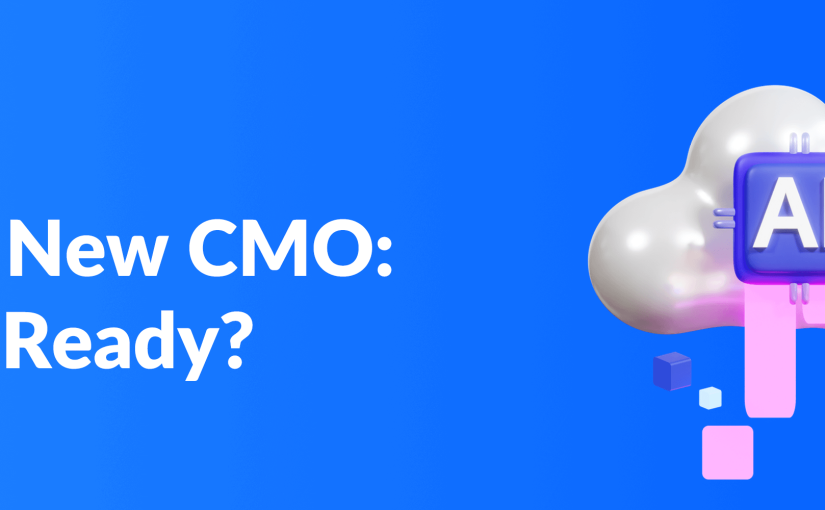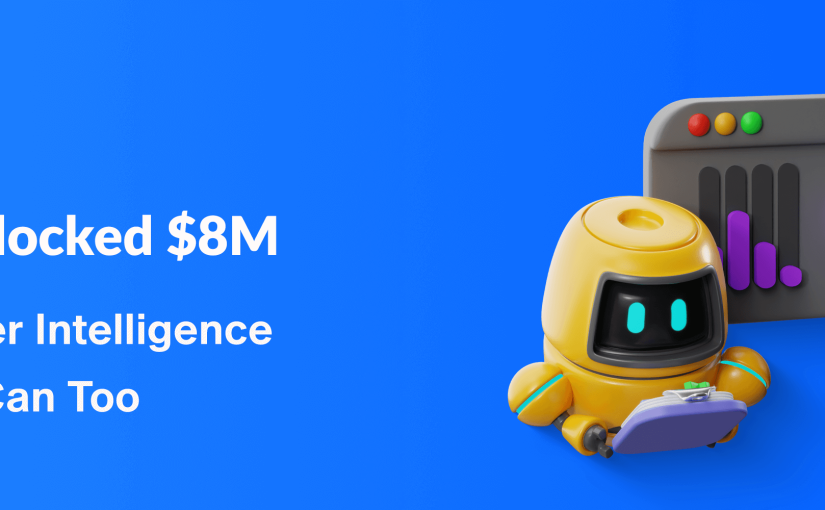“AI Is the New CMO: Are You Ready?”
78% of marketers already use AI. Are you still guessing?
In 2025, AI is not a “future trend.” It is the present reality. From segmentation to automation and personalization, AI is already rewriting the rules of marketing. If you’re not using it, you’re simply getting left behind.
According to Taboola’s 2025 report:
-
78% of marketers have already adopted AI tools.
-
Why? Because it delivers results: faster, cheaper, smarter execution across every channel.
However, with this power comes new expectations:
-
Hyper-personalized content
-
Real-time automation
-
Iron-clad compliance
In this article, we’ll explore the major AI marketing trends from Taboola’s forecast — and show how Appgain helps brands ride the wave.

Trend #1: AI Everywhere in Marketing
From content generation to customer support, AI appears in every stage of the funnel.
Taboola highlights:
-
56% use AI for automated segmentation
-
49% for personalized messaging
-
36% for timing optimization
Moreover, SMEs are seeing faster adoption than expected. They are using AI without writing a single line of code and achieving results that once required full teams.
How Appgain Puts AI Into Action
The Appgain platform makes AI practical and plug-and-play for resource-strapped teams.
Smart Segmentation
-
Viewed a product but didn’t buy? → Tag: Window Shopper
-
Reached checkout but dropped off? → Tag: Cart Abandoner
-
Purchased multiple times? → Tag: VIP
These segments automatically feed into tailored automation flows.
Automated Campaign Timing
-
A WhatsApp reminder is triggered 3 hours after cart abandonment.
-
Email follow-ups align with user activity and timezone.
-
Push notifications go out if the user hasn’t opened the app in 5 days.
As a result, every campaign is optimized for maximum engagement.
Hyper-Personalization with OpenAI
-
Personalized product recommendations
-
Smart replies in WhatsApp conversations
-
Context-aware copy for SMS and email
In fact, all of these adapt dynamically to behavior, language, and profile — as seen in How AI Chatbots Are Driving a Real Estate Revolution in 2025.
Trend #2: Compliance Is Non-Negotiable
With AI’s power comes responsibility. Taboola reports that 41% of marketers are concerned about ethical boundaries.

How Appgain Ensures Trust & Safety
-
GDPR and local compliance baked into every campaign
-
Double opt-in for WhatsApp flows
-
End-to-end encryption with Meta’s approved WhatsApp API
-
User tagging and suppression to avoid spam
On the other hand, many platforms still leave compliance to the user. Appgain ensures it is built-in by default.
Trend #3: Simplicity for SMEs
Small businesses don’t have time for dev-heavy tools. That’s why Appgain is designed for no-code and no complexity.
-
Plug-and-play templates
-
n8n workflows for visual automation
-
Integrates with Shopify, Salla, WooCommerce, and more
-
Drag-and-drop flows to launch campaigns in minutes
For example, one retailer automated cart recovery and boosted sales by 32% in the first month. Whether it’s a beauty store in Riyadh or a gadget shop in Istanbul, smart campaigns run seamlessly.
Key Takeaway
AI is more than a tool. It now works like your entire marketing department.
If you are still relying on guesswork, manual campaigns, or one-size-fits-all blasts, you are not just behind — you are invisible.
With Appgain, AI is finally in your hands:
-
No engineers required
-
No code needed
-
No delays allowed
Ready to Market Like It’s 2025?
Start your first AI-powered WhatsApp campaign with Appgain — in less than 10 minutes.
[Build your smart campaign today]


